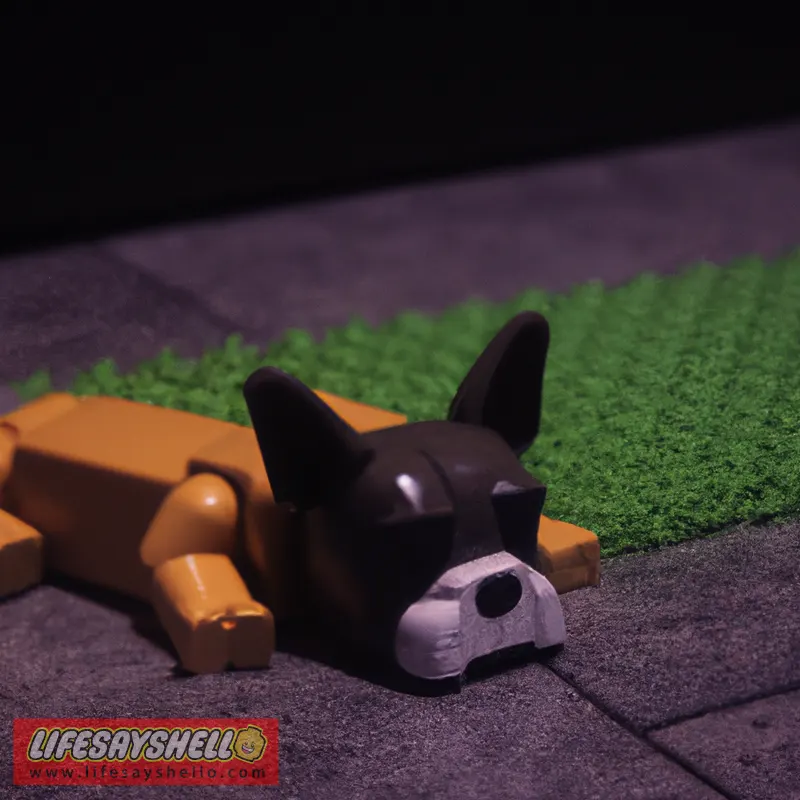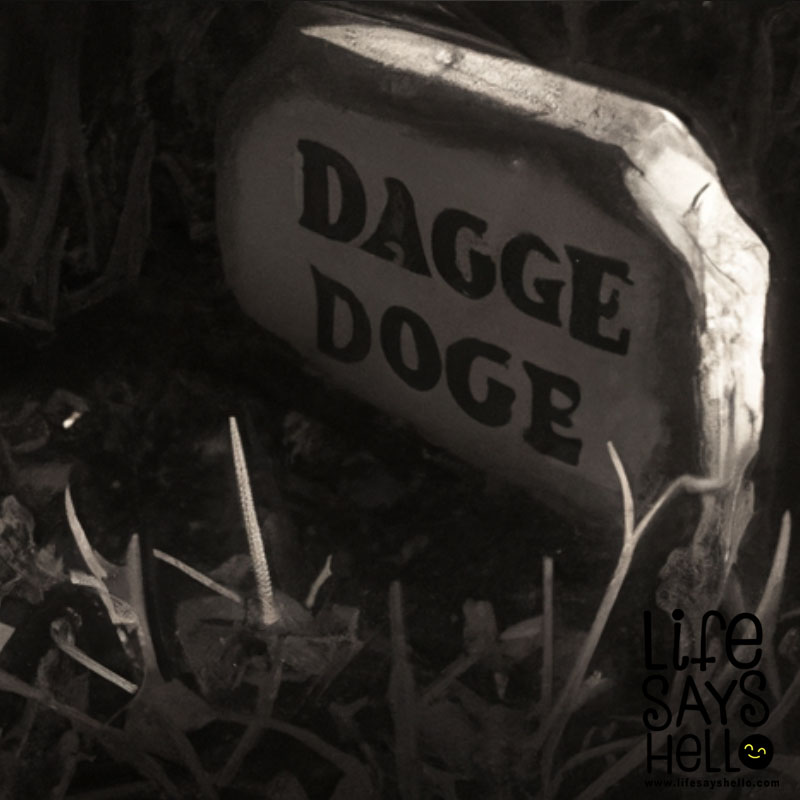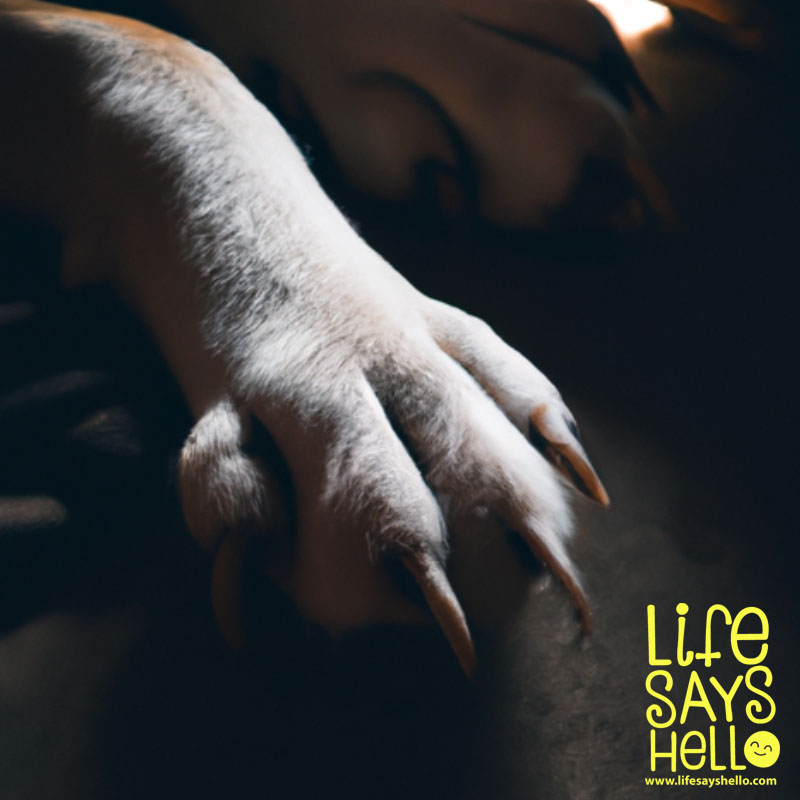My Dog is My Shadow: Understanding Why Your Pup Follows You Everywhere

Have you ever noticed your dog glued to your side, following you from room to room? As soon as you get up, your pup is right behind you, their nose practically touching your heels. It's like you have a furry little shadow trailing your every move.
While it may seem cute and endearing at first, a dog that follows you absolutely everywhere can quickly become annoying and even problematic. But why do dogs exhibit this velcro-like behavior with their owners in the first place?
It's a Sign of Love and Trust
For the most part, a dog following you everywhere is a perfectly natural behavior. It simply means they love you and feel bonded to you. Dogs are pack animals, and since you're their human pack leader, they want to stick close for safety and security.
When your dog follows you around constantly, it's a sign they trust you and feel safe in your presence. They know you'll provide for all their needs. Your pup likely finds comfort and reassurance when you're nearby.
So in many cases, a dog that follows you everywhere is demonstrating the strength of your relationship. It shows they feel a close attachment. Your dog just wants to be included in everything you do (can you blame them?).
Other Common Reasons Dogs Follow Their Humans
However, there are some other explanations for dogs that shadow their owners' every move that have nothing to do with affection. Here are the main reasons besides love that may motivate your pup to follow you:
Boredom
Dogs need a surprising amount of mental and physical stimulation each day. If your dog isn't getting adequate exercise or playtime, they may resort to following you around simply because they're bored. Without enough activity to tire them out, they'll look to you for entertainment.
Try taking your dog on longer walks, playing more active games like fetch or tug-of-war, or giving them puzzle toys that challenge their brain. A tired dog is a well-behaved dog.
Curiosity
Dogs have an innate sense of curiosity about the world around them. They want to check out whatever you're up to simply because it's interesting and new. You're probably the most fascinating thing in your dog's environment.
When they follow you, it gives them a chance to explore, learn, and satisfy their inquisitive nature. Like toddlers, dogs just want to see what you're doing at all times out of pure nosiness.
Attention-Seeking
Some dogs follow their owners around because they've learned it gets them attention. If you talk to, pet, or even look at your dog every time they trail behind you, you may be inadvertently rewarding the behavior.
Dogs crave attention from their favorite humans. For clingy pups, following you can become a bad habit if it consistently results in you interacting with them.
Separation Anxiety
Dogs with separation anxiety become extremely distressed when you leave them alone. They may follow you closely when you're home because they worry you'll disappear if they don't keep you in sight.
Separation anxiety most often develops from a lack of conditioning to being left alone. But it can also result from changes in routine, stress, or negative experiences like rehoming. Other symptoms include pacing, whining, barking, destruction, and bathroom accidents.
If your dog suddenly starts shadowing you much more than usual, it could indicate the onset of separation anxiety. Make sure to pay attention to any behavioral changes.
When Following You Becomes a Problem
For the most part, having a loyal companion that wants to be by your side is perfectly sweet. But constant following can become problematic under certain circumstances:
It prevents your dog from learning independence.
It leads to behavioral issues like separation anxiety.
Your dog starts following you to the bathroom, which infringes on privacy.
Your dog gets underfoot, creating tripping hazards.
Your dog's clinging prevents you from getting work done or leaving the house.
The behavior is new and may indicate an underlying medical issue like dementia.
You have a new baby and your dog's presence creates an unsafe situation.
If your dog's following has become excessive, annoying, or disruptive, it's time to take action. But remember, you should never punish your dog for following behaviors. It will only make them more anxious and exacerbate the issue.
Training Tips to Reduce Following
Luckily, there are some positive training techniques you can try to teach your dog it's okay to not be by your side 24/7:
Teach The "Stay" Command
This is one of the most important obedience cues for dogs prone to velcroing. "Stay" teaches them it's fine for you to briefly move away and they should remain calmly in place.
Start by asking your dog to stay for just a few seconds. Reward with praise and treats when they remain settled.
Gradually increase the duration and distance you move away. Always return to your dog and reward them for waiting patiently. With practice, they'll learn to relax when you leave the room.
Provide Plenty of Exercise and Playtime
Make sure your dog gets adequate physical and mental exercise every day. Try taking them on longer walks, playing fetch or tug of war, giving them a food puzzle toy, or bringing them to a dog park to run around.
A tired dog is less likely to cling to you out of boredom or pent-up energy. Exercise helps relax dogs both physically and mentally.
Train Calm Behavior on a Bed/Mat
Teach your dog to relax on a dog bed, towel, or mat while you move around. Reward them with treats and praise when they remain settled in place.
This boosts their independence and teaches them some separation from you is okay. It also gives them an alternative to following you.
Use high-value treats to capture and reward calm behavior. With time, your dog will learn to chill out on their bed as you go about your day.
Ignore Attention-Seeking Behavior
If your dog follows you to get a reaction, start ignoring them. Don't give them any eye contact, verbal cues, or physical touch when they trail behind you.
Wait until your dog settles down or becomes occupied with a toy or chew. Then, reward them with attention. This teaches them calm, settled behavior earns your interaction instead of demanding it through following.
Use Toys and Chews as Distractions
Give your dog something enjoyable to focus on besides you. Items like Kongs stuffed with treats, bully sticks, puzzle toys, and balls can keep them engaged and distracted for hours.
Rotate through different chews and toys so they don't lose interest. This provides an alternative to obsessively following you around.
Avoid Rewarding the Following
Pay attention to whether you're inadvertently reinforcing the behavior by giving your dog attention when they follow you. Even eye contact or saying their name can be a reward.
Be conscious of withholding attention when they first start shadowing you. Wait to pet, play, or talk to them until they settle down or become occupied on their own.
With consistency and patience, you can curb excessive following and teach your dog healthy independence. Just remember never to punish them for this behavior, or it will likely get worse. Leaning on positive reinforcement training methods will yield the best results.
If your dog's shadowing behavior doesn't improve, or they exhibit other symptoms like destructiveness or bathroom accidents when alone, consult with your vet or a certified dog trainer. Separation anxiety may require more targeted treatment.
While it's perfectly natural for dogs to follow their beloved humans, excessive trailing can become problematic. With the right training techniques, you can help your pup learn to give you some personal space while still enjoying your special bond.




Comments